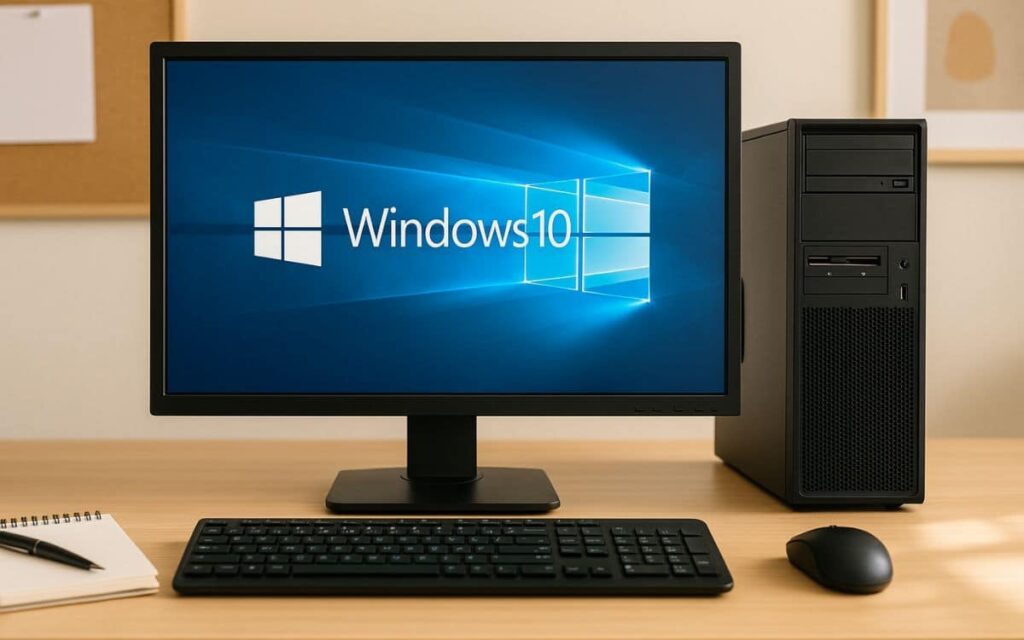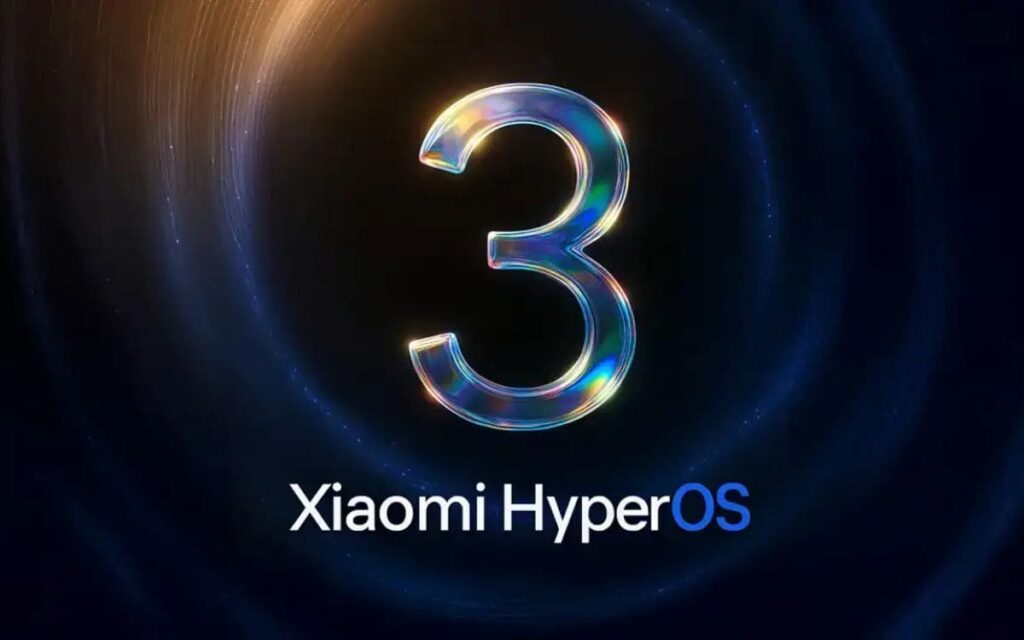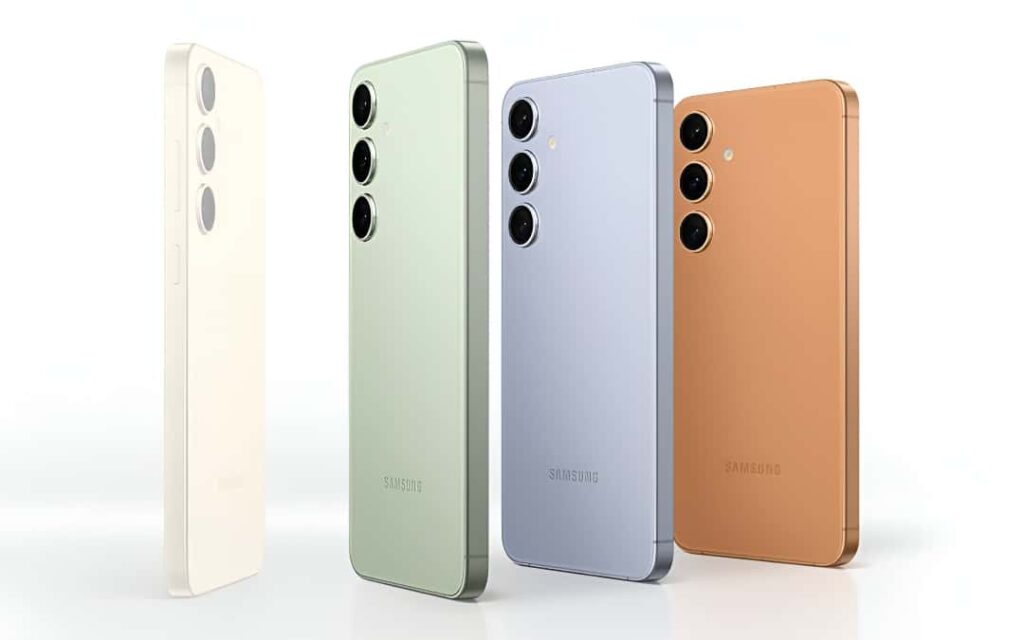Coincidence or not, right when Windows 10 ends its support, a competitor breaks a download record. This refers to Zorin OS, a Linux distribution that launched its version 18 at the same moment the previous Microsoft operating system met its end, on October 14, 2025.
Windows 10 is no more and has delivered its final updates. Zorin OS is aware that millions of PCs are incompatible with Windows 11, and has thus seized the opportunity presented by the demise of Microsoft’s OS to launch version 18. In just 48 hours, there have been 100,000 installations, with 72% being former Windows users.
The Death of Windows 10 Sparks Surge in Zorin OS Downloads
Zorin OS 18 just reached 100,000 downloads in a little over 2 days 🎉️
Over 72% of these downloads came from Windows, reflecting our mission to provide a better alternative to the incumbent operating systems from Big Tech.
Thank you for making this our biggest launch ever! pic.twitter.com/6U4h3EQ3dq— Zorin OS (@ZorinOS) October 16, 2025
For several days now, Windows 10 has stopped receiving updates, making way for Windows 11, which is preparing a redesign of its Start menu. Fortunately for European users, support has been extended by a year just for them. However, after this period, users will need to install Windows 11, as while Windows Defender continues to operate on Windows 10, it does not provide sufficient protection.
The situation is somewhat complicated for Microsoft. According to StatCounter, Windows 11 held a 49% market share in September 2025 compared to 40.5% for Windows 10, indicating a very narrow gap. Many users thus have not made the switch to the new OS version.
Proof that the end of Windows 10 has had unexpected consequences beyond the surge in downloads of Zorin OS: Japanese users have flocked to DVD discs. It is well known that physical formats hold great significance in Japan, and many prefer installations from a disc rather than via download.
Zorin OS is well aware that it needs to win over former Windows users, and fortunately, it is possible to replicate the interface of the Microsoft operating system after a quick setup. Thus, users are presented with a distinct ecosystem based on Linux but retain familiar references. The distribution offers two versions: the standard version, which is freely accessible to all, and a paid version offering professional tools and significantly more customization.
What if Windows is no longer the default operating system preferred by users? An increasing number of people are looking for reliable alternatives that are generally less troublesome than Microsoft’s operating system, which frequently frustrates users with new bugs introduced through updates.




